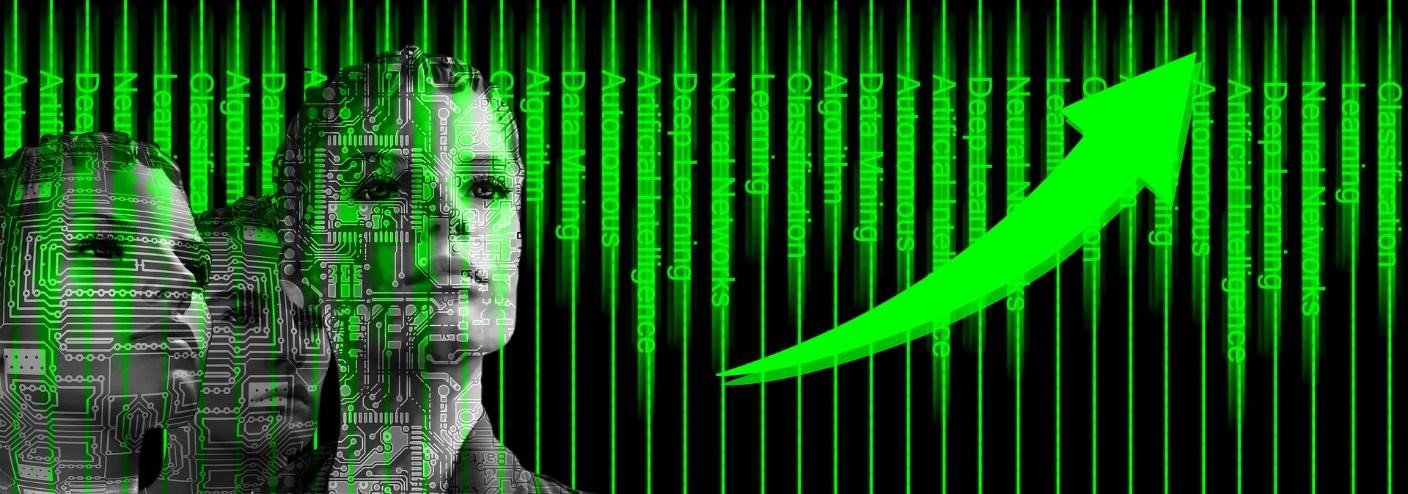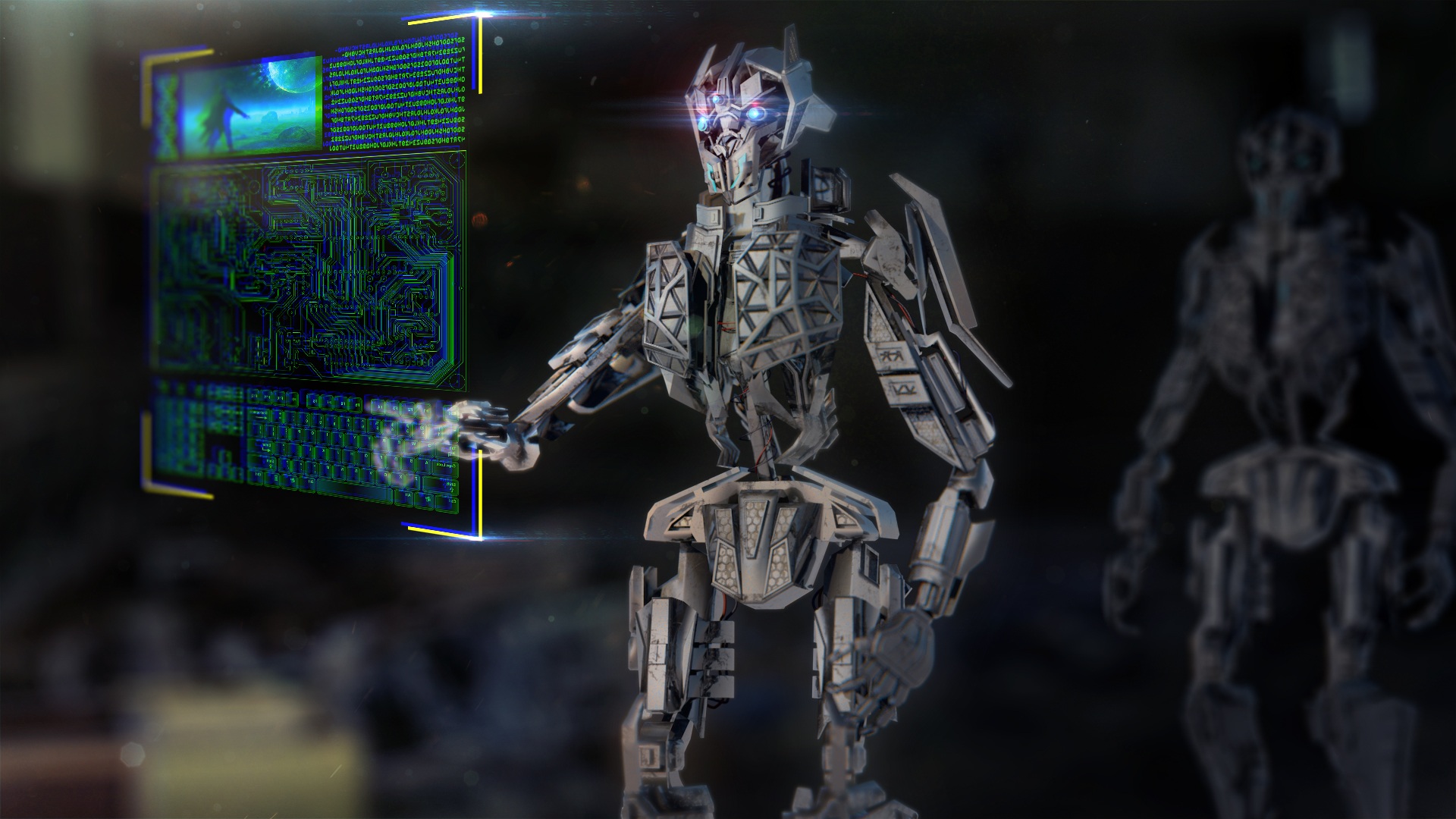Experience is how you learn. Machines and humans have it. AI is an area of computer science that simulates human intellect.
Machine Learning?
Machine Learning is a subtype of Artificial Intelligence that lets software learn from its past and improve its performance without being programmed. Here is the complete machine-learning guide.
Machine Learning Required:
- Machine learning has been around for a while, but applying mathematical computations automatically and fast to massive data is gaining traction.
- Machine Learning can automate many human-only processes.
- Self-driving cars, online recommendation engines like Facebook and Amazon, and cyber fraud detection use machine learning.
- Decision-making, forecasting, prediction, warnings on deviations, and revealing hidden trends or associations require diversified, amounts of unstructured, real-time data from numerous artifacts that the machine learning paradigms can best manage.
ML Features
Machine learning has become widespread in technology. Machine learning features include:
- Automation: Machine learning’s largest benefit is automating repetitive operations to boost corporate efficiency.
- Improved consumer engagement: Businesses must offer tailored experiences and outstanding service to build brand loyalty and long-term customer connections.
- Automated data visualization: Businesses, machines, and people create massive data. Transactions, e-commerce, medical records, banking systems, etc. produce business data.
- Accurate data analysis: Data analysis solves issues about corporate analytics and intelligence.
- Data collection, processing, and analysis are expedited in business intelligence.
- AI-powered business intelligence systems can analyze fresh data and identify organizational patterns and trends.
ML languages
Machine learning languages abound. Machine learning applications determine the language and programming level. Below are five ML-friendly languages.
Python:
Nearly 8.2 million programmers use Python. Python topped IEEE Spectrum’s annual programming language list. Python has likewise been climbing on Stack Overflow for five years.
R:
R is great for statistical machine-learning applications. R has several tools to train and assess machine learning models for accurate predictions.
Java with JavaScript:
Java engineers are using Java increasingly in machine learning. Java powers most open-source big data processing technologies like Hadoop and Spark. JavaML and other third-party libraries implement machine learning techniques.
Julia:
Julia is a general-purpose programming language for complicated numerical analysis and computational research. It’s developed for machine learning algorithms’ mathematical and scientific processes.
Lisp:
LIST (List Processing) is the second-oldest programming language still used. For AI-based applications. Machine learning uses LISP.
Machine Learning Types
Machine learning involves educating a computer software or algorithm to automatically improve on a job. For each work, these applications require knowledge of machine learning types.
Supervised Learning: A model learns the mapping between input variables and target variables in supervised learning. Supervised learning tasks use input and target variable training data.
Unsupervised Learning: The model learns by itself to discover patterns and find correlations in the data. There is no supervisor or teacher to drive the model like in supervised learning. Unsupervised learning just uses input variables.
Reinforcement learning: An agent operates in an environment based on the environment’s input or reward. Rewards are good or negative. The agent moves dependent on incentives.
Machine Learning Life Cycle
Machine learning lets computers learn without programming. To design, create, and deploy high-quality models, machine learning multiple steps.
Steps in Machine Learning Life Cycle
Data collection is the initial stage in machine learning. This stage identifies and gathers all necessary data. Files, databases, the internet, IoT devices, and more can provide data. Data quality determines output efficiency. Thus, collecting vast amounts of high-quality data requires extreme caution.
Data prep: Organized data are processed. In this stage, data properties, type, format, and quality are examined. Pie, bar, histogram, skewness, etc. Data exploration solves 75% of the problem by revealing insights.
Data Wrangling: Cleans and formats raw data.
Data analysis involves feature and model selection. Estimated independent variable predictive power for the dependent variable.
Model Training: Machine learning models learn patterns, features, and rules from the data during training. Training and testing data are separated.
Model Testing: The model is tested on unseen data after training.
Deployment: The machine learning life cycle concludes with model deployment in the actual world. The model is pickled before deployment to make it platform-independent.
Deep Learning
Deep learning mimics brain neurons. Layers of neurons form the deep learning network. Deep neural network layers facilitate learning. Deep learning neural networks have input, output, and hidden layers.
Deep neural networks learn features without programming. Each layer shows more information.
Deep neural networks have more hidden layers than shallow ones.
Neural networks
Processes need various neural networks. Here are the most prevalent varieties.
Perceptron: Single-layered perceptrons have input and output layers. No secrets. The sigmoid function activates.
Feedforward: The feedforward neural network is the simplest neural network with a one-way information flow. No neural network cycles exist. Each layer’s nodes are linked to the next. No back loops and all nodes are linked.
RNNs: Recurrent Neural Networks store output and transmit it back to the network to anticipate output. Network layers are two.
Convolutional Neural Network: Used to extract relevant information from unstructured data. CNNs propagate signals one way.
Reinforcement: Reinforcement learning uses trial and error for complex and unpredictable environments. The agent is rewarded or penalised for its activities, which improves productivity.
Difference Between Machine Learning And Deep Learning
Machine learning includes deep learning. With some training, machine learning models improve. Experts must change the model if forecasts are wrong. Deep learning models can verify predictions.
| Deep Learning | Machine learning |
| Deep learning uses many artificial neural network layers to generate intelligent conclusions from data. | Machine learning parses input data and learns. It uses its training to make data judgments. |
| Deep learning extracts important characteristics from input data. Hierarchical feature extraction is automated. | Machine learning models need hand-picked dataset characteristics. These features feed the model’s forecast. |
| Deep learning algorithms extract features independently, therefore they need lots of data. Machine learning models can handle fewer datasets. | machine learning model flattens the curve after a while. |
| GPUs are needed for deep learning networks’ massive data sets | CPUs can run machine learning models. |
| Deep learning algorithms train slowly due to the enormous number of parameters. | Machine learning algorithms train faster (a few minutes to a few hours). Testing time is flipped. |
| Deep learning algorithms are black boxes since one doesn’t know what’s occurring within. | Machine learning algorithms are easier to grasp. |
Machine Learning applications
Traffic assistants:
All travelers utilize them. Google Maps helps us find our location and avoid traffic. Google maps track everyone’s route, position, and speed.
Social media:
Automatic friend tagging and friend referrals use machine learning the most. Deep Face detects faces and recognizes photographs on Facebook.
Product Recommendation:
If you explore Amazon but don’t buy, you’ll see adverts for it on YouTube or Facebook the next day. Google suggests items based on search history. This uses machine learning.
Sentiment Analysis:
Real-time machine learning can grasp people’s opinions. Review and decision-making websites use it.
Language Translation:
There are now several language translators, making language translation easier. Google’s GNMT uses Natural Language Processing to accurately translate phrases and words from hundreds of dictionaries and languages.
Online Fraud Detection:
ML systems may learn from past fraud trends and identify future fraud.
ML algorithms process data faster than humans. ML-powered fraud detection can identify scams people miss.
AI will transform healthcare. AI helps clinicians diagnose illnesses early and adapt patient therapies. Pathologists employ machine learning-based PathAI to properly identify illnesses. AI-enabled Quantitative Insights speed up and improves breast cancer detection. Improved radiology diagnosis improves patient outcomes.
Deep Learning Applications
Autonomous cars:
Deep learning enables autonomous autos. Ai Labs is researching food delivery with driverless automobiles. Sensors, cameras, and geo-mapping assist design of traffic-friendly models.
Natural Language Processing:
Understanding language syntaxes, meanings, tones, and subtleties are difficult for humans. Natural Linguistic Processing can help machines understand language subtleties and respond appropriately.
Virtual Assistants:
Deep learning is used to learn about everything from people’s eating preferences to their favorite tunes. Virtual assistants comprehend languages and do tasks. Google Duplex, which employs natural language comprehension, deep learning, and text-to-speech to make midweek appointments, has been in development for years.
Visual Recognition:
Sorting and segregating old photos might be sentimental, but finding a certain photo can be time-consuming. Deep learning can sort photos by location, people, events, and dates. Searching for photos is now easy.
Coloring black-and-white photographs:
Computer Vision algorithms employ deep learning to bring life to black-and-white images by coloring them with the right colors. The Colorful Image Colorization micro-services color black-and-white photos using computer vision and deep learning algorithms learned on Imagenet.
Image-to-language translation:
Another intriguing deep learning application. Google Translate can instantly translate photos into any language.
Pixel Restoration:
Google Brain’s Deep Learning network can guess a person’s face from a low-resolution photograph. Pixel Recursive Super Resolution.
Conclusion
This chapter explored machine learning and deep learning to better understand AI’s current and future potential. Many AI applications will impact our lives soon. Future content production and software development will depend on predictive analytics and AI. They have an impact. AI development tools, libraries, and languages will be common in every software development toolset within a few years. AI will revolutionize health, business, the environment, public safety, and security.









2 Comments
[…] by enabling traders to execute deals in real-time and make informed judgments. Additionally, trade execution may be automated by AI trading systems, freeing up traders to concentrate on more strategic […]
[…] it easier to collect, process, and analyze data so that people can act on insights based on data. AI software lets machines do human-like activities. Machine learning (ML) methods give the program its own style by letting it learn and change on its […]